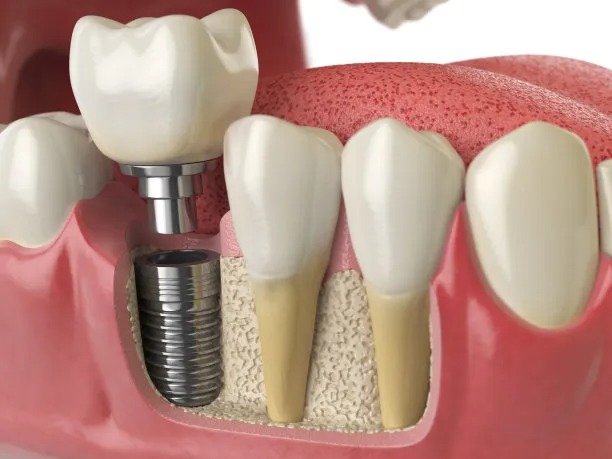Essential Guidelines and Precautions to Ensure Successful Root Canal Treatment and Postprocedure Care for Patients
Summary: Root canal treatment is a pivotal dental procedure aimed at saving teeth affected by infection or severe decay. This article delves into essential guidelines and precautions that both patients and dental practitioners should adhere to for a successful root canal treatment. We explore pre-procedure assessments, the intricacies of the treatment itself, post-treatment care, and the significance of follow-up appointments. Each of these aspects is crucial for minimizing discomfort and preventing complications, ultimately leading to better oral health outcomes. Understanding these guidelines can empower patients, allowing them to engage actively in their dental care journey.
1. Pre-Procedure Assessments and Consultations

Before undergoing root canal treatment, a comprehensive assessment by the dentist is essential. This evaluation typically includes thorough diagnostic imaging, such as X-rays, to understand the extent of the infection or damage. Dentists may also inquire about a patient’s medical history to tailor the procedure to their unique health conditions. This step is critical as it provides a clear roadmap for the treatment process.
Patients should also communicate openly about any medications they are taking or previous allergic reactions to dental materials. This helps the dental team anticipate potential complications and manage them effectively. An accurate patient profile minimizes risks and ensures a smoother course of treatment.
Furthermore, patients are encouraged to ask questions during this assessment phase. Understanding what to expect before, during, and after the procedure can significantly reduce anxiety. Overall, pre-procedure consultations set a solid foundation for successful root canal treatment.
2. Understanding the Root Canal Procedure
Root canal treatment involves several steps that are designed to eliminate infection and preserve the integrity of the tooth. Initially, the dentist administers a local anesthetic to ensure the patient remains comfortable throughout the procedure. Once numb, the dentist carefully accesses the pulp chamber and root canals of the affected tooth.
After accessing the area, the infected or inflamed pulp is meticulously removed. This step is critical, as it helps prevent the spread of infection to surrounding tissues. Following this, the canals are cleaned and shaped before being filled with a biocompatible material to seal the space effectively, preventing future infections.
Its also important for patients to remain still and calm during the procedure. Accepting the presence of dental anxiety is common, but practicing deep breathing or mindfulness techniques can help in managing stress. This cooperation between patient and practitioner is key to ensuring the procedure is performed efficiently and effectively.
3. Essential Post-Treatment Care Guidelines
After a root canal, patients typically experience some tenderness or discomfort, which can be managed with prescribed pain relief medication. However, effective post-treatment care is paramount for preventing complications and ensuring a smooth recovery. First and foremost, follow the dentists aftercare instructions meticulously, including any prescribed medications and dietary restrictions.
Patients should also monitor for any unusual symptoms such as increased swelling or prolonged pain that may indicate complications. If any of these symptoms occur, contacting the dentist promptly is essential. Timely intervention can help address issues before they escalate.
Good oral hygiene practices should not be overlooked, even after the procedure. Gently brushing and flossing the treated area and attending follow-up appointments play vital roles in the healing process. Regular check-ups ensure that any potential issues can be identified early, contributing to the long-term success of the treatment.
4. Importance of Follow-Up Appointments
Follow-up appointments are integral to ensuring the success of root canal treatments. After the procedure, the dentist will want to assess the healing process and the tooth’s responsiveness. These appointments provide an opportunity for the dental team to identify any concerns that could arise post-treatment.
Additionally, the dentist may recommend further treatments such as a crown to protect the newly treated tooth. Crowns are essential to restore tooth strength and functionality, as well as to enhance the tooths appearance. Patients should adhere to their dentists recommendations regarding timelines and options for further restoration.
Consistent monitoring of the treated tooth ensures long-term efficacy and health. Through these follow-ups, patients can enjoy the full benefits of their root canal, ultimately leading to improved oral health and quality of life.
Summary:
In summary, adhering to essential guidelines and precautions is crucial for the successful outcome of root canal treatment. From thorough pre-procedure assessments and understanding the intricate steps of the procedure, to diligent post-treatment care and the importance of follow-ups, each aspect plays a pivotal role. Empowered patients who engage actively with their dental care contribute significantly to their oral health outcomes.
This article is compiled by Vickong Dental and the content is for reference only.


